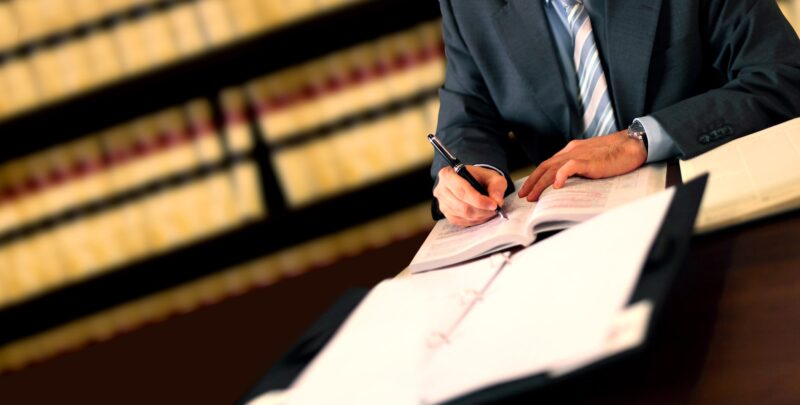Cataract surgery, one of the most common eye procedures worldwide, can significantly improve vision. An integral part of the recovery process post-surgery involves wearing an eye shield to protect the healing eye.
But for how long should one wear this shield, especially at night? In this guide, we will discuss the importance of wearing an eye shield, the recommended duration, and tips to ensure a smooth post-operative experience.
The Importance of Wearing an Eye Shield Post-Surgery
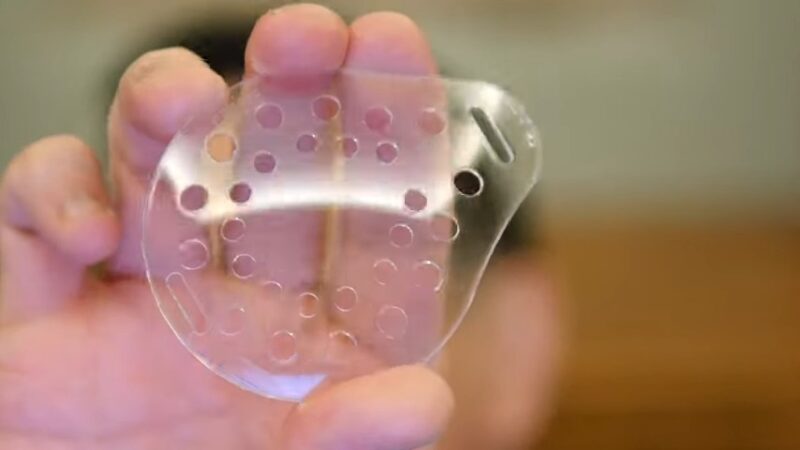
Wearing an eye shield after cataract surgery may seem inconvenient, but its role is paramount in safeguarding the eye during the vulnerable healing phase.
The Eye’s Vulnerability
The immediate post-surgical phase is when the eye is most susceptible to infections and injuries. The incisions, albeit small, take time to heal.
According to the American Academy of Ophthalmology, maintaining a sterile environment around the eye minimizes the risks of complications such as infections or unintended injuries.
How the Eye Shield Protects
The eye shield is more than just a barrier. It prevents accidental rubbing, shields against debris, and keeps the eye from coming in direct contact with possibly contaminated substances, like pillowcases.
Moreover, the shield aids in keeping any post-surgery eye drops or medications in place, ensuring their effectiveness.
Recommended Duration for Wearing the Eye Shield
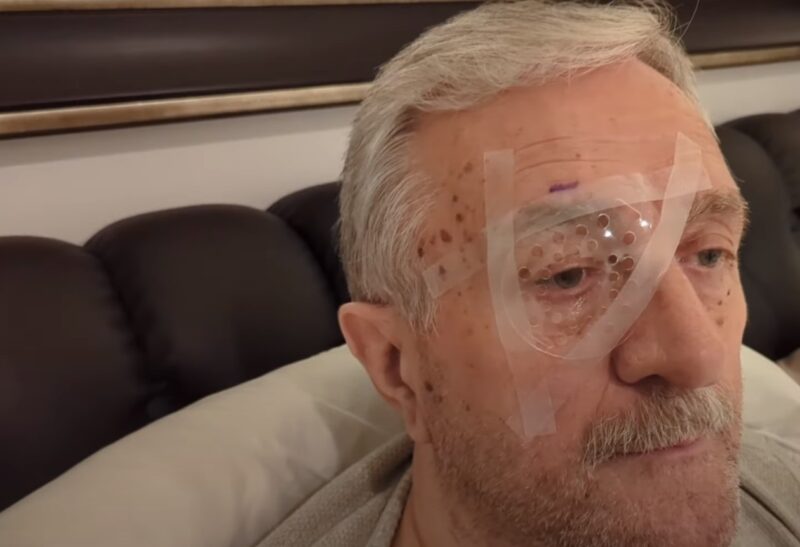
The duration of wearing the eye shield can vary based on the surgeon’s instructions and the specifics of the surgery. However, there are some general guidelines that most doctors agree upon.
Immediately After the Surgery
In the first 24 hours post-surgery, the eye shield is generally worn continuously, only to be removed for medication or post-op check-ups.
This period is crucial as the eye starts its healing process. According to the Mayo Clinic, any external pressure or contact can disrupt the healing and even cause complications in this delicate phase.
Night-Time Protection
Typically, patients are advised to wear the eye shield every night for a week post-surgery. This recommendation stems from the need to guard against any unintentional rubbing or poking while sleeping.
National Eye Institute claims that nighttime is when the chances of such accidental contact are highest, given the lack of conscious control.
Tips to Ensure Effective Use of the Eye Shield
Proper usage and care of the eye shield are as crucial as wearing it. Here are some expert-backed tips to maximize its effectiveness.
Ensuring a Snug Fit:
- Make sure the shield is securely in place but not too tight.
- Use the provided medical tape or band to hold it.
- Adjust if there’s any discomfort, but avoid pressing it against the eye.
As Cleveland Clinic states, ensuring a snug fit without putting direct pressure on the eye is essential for healing and comfort.
Cleaning and Maintenance
- Clean the shield daily with a mild detergent solution.
- Rinse thoroughly and let it air dry.
- Store in a clean and dry place when not in use.
According to Johns Hopkins Medicine, maintaining the cleanliness of the shield is pivotal in keeping away potential contaminants that can jeopardize eye health.
Monitoring and Follow-up
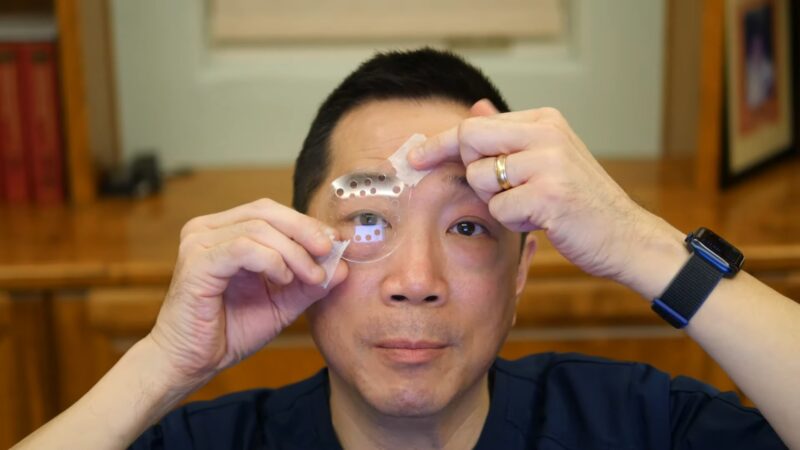
Always listen to your body. If you experience any discomfort, unusual discharge, or changes in vision, contact your ophthalmologist immediately. Regular follow-ups are a must, not just to track healing but also to adjust any post-op care, including the use of the eye shield.
Studies from Harvard Medical School state that post-operative care, including regular check-ups, plays a significant role in the success rates of cataract surgeries.
Common Queries About Wearing Eye Shields
Many patients have questions and concerns regarding the eye shield. Addressing these queries can help alleviate anxieties and ensure adherence to post-operative guidelines.
Is It Uncomfortable Sleeping With the Shield
For many, the thought of sleeping with an unfamiliar object over their eye can be daunting. While it might feel a bit unusual the first night, most patients get accustomed quickly. The shields are designed with comfort in mind.
American Society of Cataract and Refractive Surgery (ASCRS) claims that any initial discomfort usually fades as patients understand the importance of the shield and become used to its presence.
Can I Use My Regular Eye Drops With the Shield On?
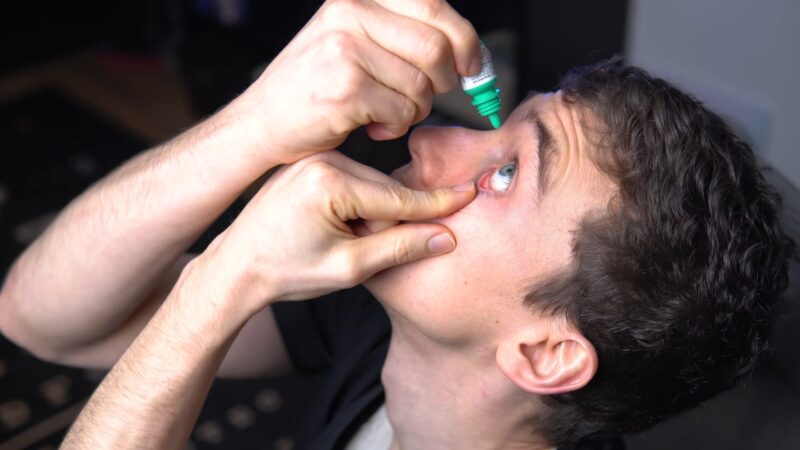
Yes, most eye shields are designed to allow for the use of eye drops. It’s essential to follow your surgeon’s instructions regarding medication.
Typically, you’d administer the drops, wait for a few minutes, and then place the shield. Glaucoma Research Foundation states that ensuring your eye receives the prescribed medication post-surgery is crucial for optimal healing and outcome.
What if I Forget to Wear It One Night?
While it’s vital to be consistent with wearing the shield if you happen to forget one night, don’t panic. Assess your eye in the morning for any signs of discomfort, redness, or discharge. If everything seems normal, continue with your post-operative care and make sure to wear the shield the following night.
However, according to the International Council of Ophthalmology (ICO), repeated negligence can increase the risk of complications, so it’s essential to set reminders or alarms to ensure consistent usage.
The Long-Term Benefits of Short-Term Caution
The adage “Better safe than sorry” rings especially true when it comes to post-cataract surgery care. Embracing the short-term inconvenience of wearing an eye shield can yield long-term benefits.
Protection Against Complications
The main aim of the shield is to protect against post-operative complications. Infections, irritations, or injuries can delay healing and, in severe cases, impact the success of the surgery.
Experts from the World Health Organization (WHO) claim the following: Post-operative infections are among the top causes of surgery-related complications, emphasizing the importance of preventive measures.
Ensuring Optimal Healing
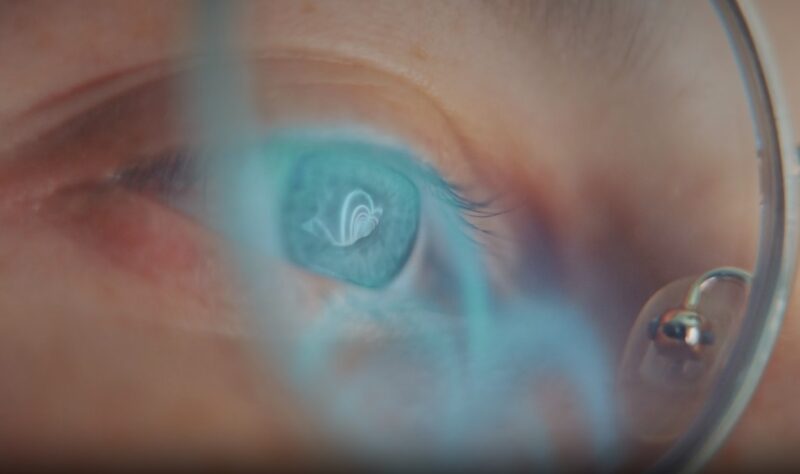
Healing is a natural process, but it requires the right conditions. The eye shield creates a protective environment, allowing the eye to heal optimally. It keeps out contaminants and ensures that any administered medications stay in place.
According to the Royal National Institute of Blind People (RNIB), ensuring an optimal healing environment post-surgery can significantly improve visual outcomes.
Peace of Mind
Knowing that you’re taking every precaution to protect your eye can offer significant peace of mind. The assurance that you’re minimizing risks can make the post-operative phase less stressful and more manageable. The European Society of Cataract & Refractive Surgeons (ESCRS) stated that patient compliance and positive attitude play a significant role in post-surgical recovery and outcomes.
FAQs
Can I wear my glasses over the eye shield?
Yes, you can. If you need to wear glasses after the surgery, they can be worn over the eye shield. The shield is relatively flat and designed to fit comfortably against the face, allowing glasses to sit over it. However, ensure the glasses don’t put excessive pressure on the shield or your eye.
How do I know if my eye shield is damaged or needs replacement?
Regularly inspect your eye shield for any cracks, scratches, or deformities. If it seems cloudy, has sharp edges, or doesn’t fit snugly anymore, it might be time for a replacement. Always consult with your ophthalmologist before making any decisions.
Is there a difference between daytime and nighttime eye shields?
Typically, the same eye shield is used for both day and night. However, some patients might be provided with a transparent shield for daytime use and a darker or opaque one for nighttime to minimize light disturbances. Always use the shield as directed by your surgeon.
Can I watch TV or use a computer with the eye shield on?

Yes, you can engage in activities like watching TV or using a computer with the eye shield on. The shield is primarily to protect the eye from physical contact or contaminants. However, if you experience any discomfort or visual disturbances, it’s advisable to limit screen time and focus on resting your eyes.
Can I clean the eye shield with alcohol or sanitizing wipes?
It’s best to clean the eye shield with a mild detergent solution, as recommended. Using alcohol or sanitizing wipes might cause the shield’s material to degrade or become cloudy over time. Always follow cleaning instructions provided by your healthcare provider.
What should I do if I experience pain or discomfort while wearing the eye shield?
If you experience pain, discomfort, or any unusual symptoms while wearing the eye shield, remove it immediately and consult with your ophthalmologist.
The shield is designed for protection and should not cause pain. It’s essential to ensure that it’s correctly placed and not too tight. However, any persistent discomfort needs medical attention.
Final Words
While the prospect of wearing an eye shield might seem like a minor aspect of cataract surgery recovery, its importance is paramount. Protecting your eye, especially at night when the risks of accidental contact are highest, ensures that your journey to clearer vision is smooth and complication-free.
Remember, post-operative care is a joint venture between the patient and the medical team. Adhering to guidelines and being vigilant can lead to optimal outcomes for one’s vision. We’ve recently covered the topic of early signs of Turtling syndrome, so make sure to check it out.













